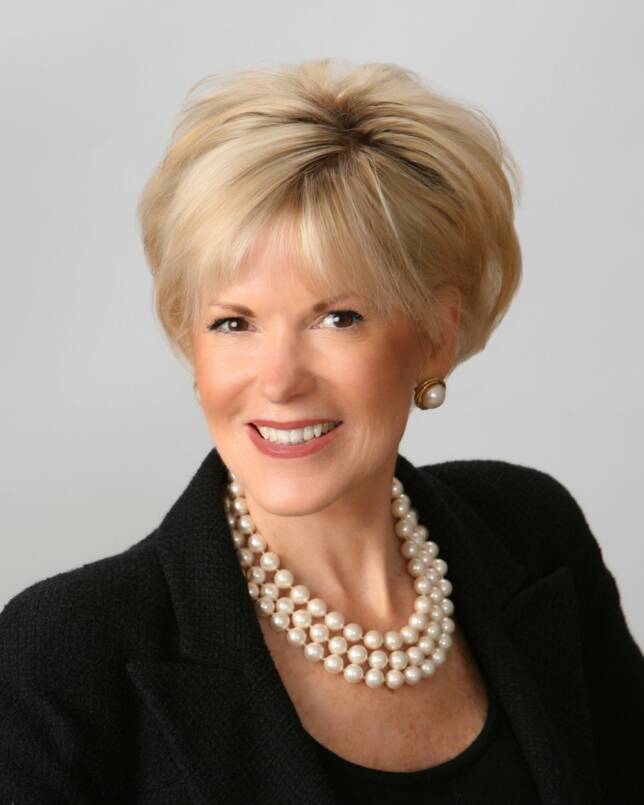 | ||||||
Protocol Consultants International
Top Tips: Business Cards
Professional Presence, Corporate Training and Development
Consulting and Protocol Certification
Top Tips: Business Cards
Tel: 617-592-2101 E-mail: Judith Bowman
WANTED:
Entrepreneurs!
Tap into the fast-growing Protocol Industry through our proven, established Protocol Certification program and, coaching and guidance from an
All-Star cast of business practitioners who have tested and refined the business model.
Click here to learn more about
1. Choose quality card paper stock - as close to 100% cotton is recommended.
2. Be sure your name is prominent and not over-whelmed by other information.
3. Ensure the color of your card reflects your professional brand. White is most professional, ecru is rich. Bright colors and pastels should be avoided unless your business is one which uses color such as an artist, designer or involves children, certainly liberal use of color and graphics would be appropriate.
4. The font you choose should be consistent with your firm’s branding efforts and desired image. For example, a serious financial services firm would probably not want to use a dainty script or flowery font.
5. Some firms use business cards to convey rank or status by i.e. superimposing gold, silver, bronze status symbols.
6. Avoid cheap, flimsy or laminated cards (tacky.)
7. Avoid odd-size business cards so yours will "stand out." It will, however, not in a positive way because it will not typically "fit in" to standard business card systems and may well end up getting folded or bent, mutilated.
8. Invest in a quality business card case. The vinyl cases which accompany most business card orders should be tossed; vinyl is appropriate when dealing with individuals from India, for example, where the use of leather and suede products are frowned upon as the cow is sacred.
9. Resist the urge to keep business cards in wallets, gentlemen, as wallets are usually found in back pockets where cards tend to get bent.


